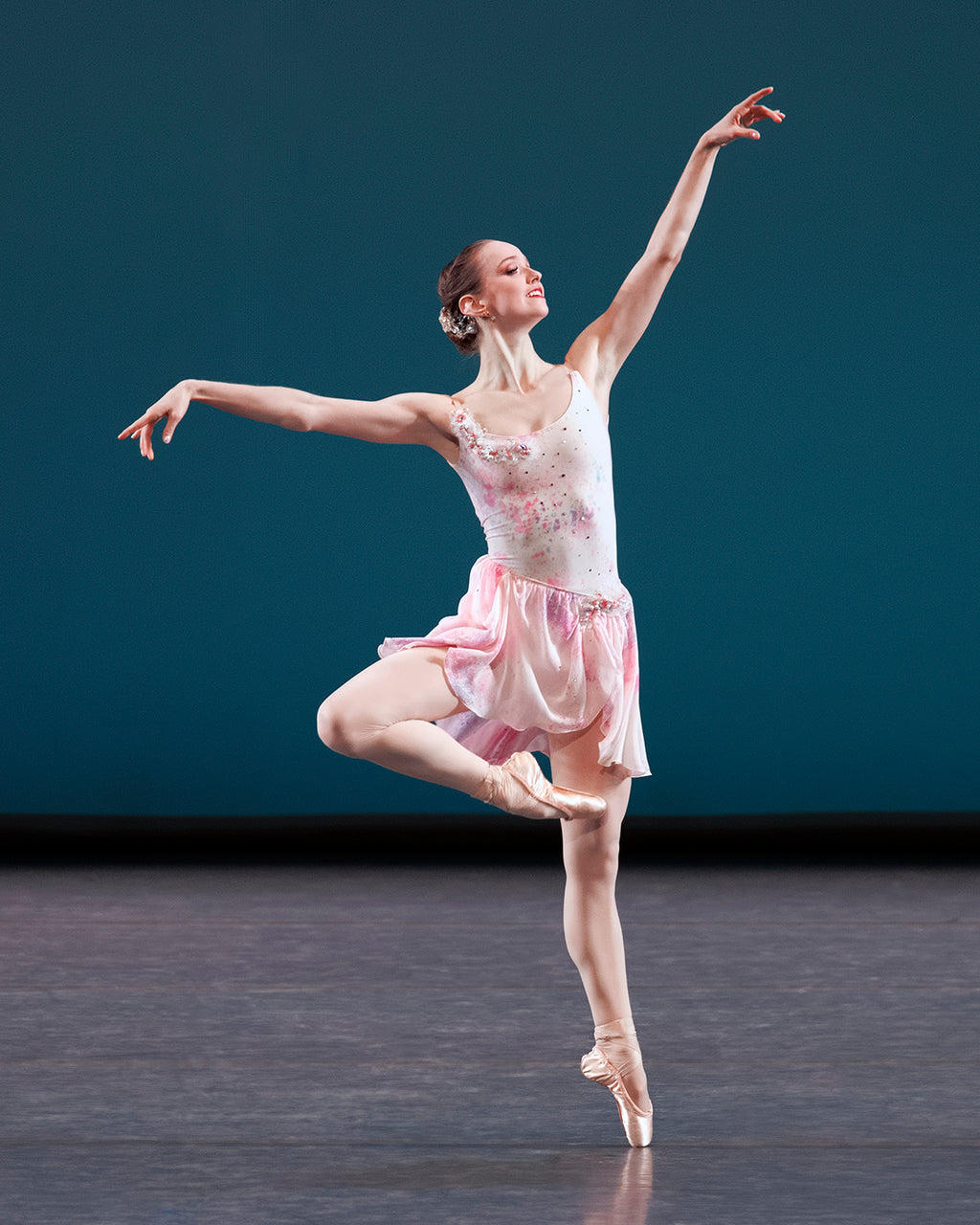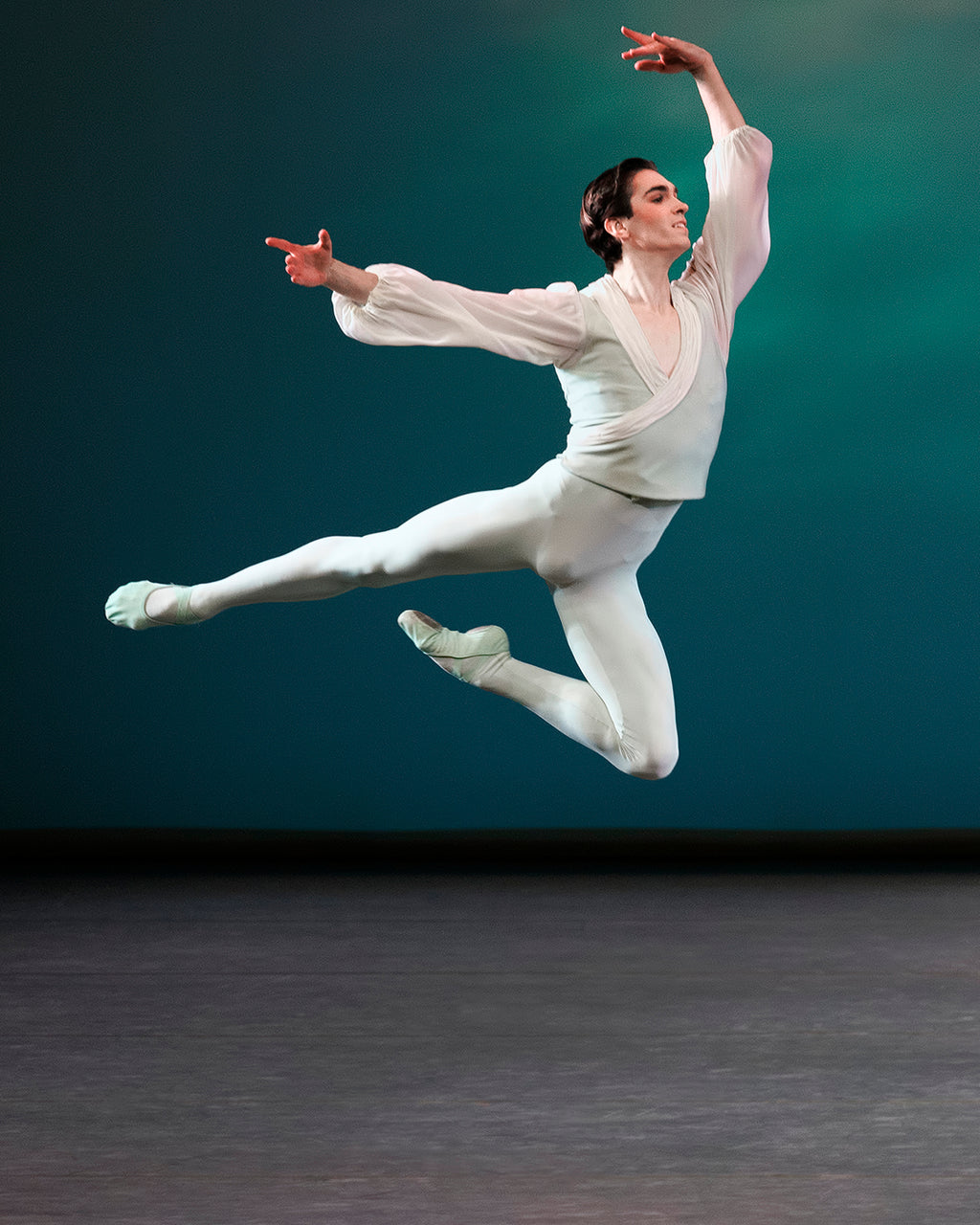Modern Dance Hold’em
Lassoing is a surprising through-line for a Martha Graham Dance Company performance. The theme steps generally tend towards the child-birthing variety: contractions and deep squats.
Continue Reading
World-class review of ballet and dance.
At the tail end of the New York City Ballet’s winter season, the sixth and final showing of the “Classic NYCB” program featured thrilling debuts: soloist Emma Von Enck and second-year corps de ballet member David Gabriel assumed the lead roles in Balanchine’s tricky “Ballo della Regina.” I predict many opening nights in their futures. The evening tilted young overall. Only one dancer in the principal rank performed. It was exciting to see the next generation in the driver’s seat for a bill bookended by George Balanchine and Jerome Robbins. But this was not the strongest lineup, and I quibble with the label “Classic.” It seems like the program’s title was slapped on as a thoughtless catchall. At least, I hope it was.
Performance
Place
Words



“Uncommonly intelligent, substantial coverage.”
Already a paid subscriber? Login


Lassoing is a surprising through-line for a Martha Graham Dance Company performance. The theme steps generally tend towards the child-birthing variety: contractions and deep squats.
Continue ReadingAs a dance viewer, it’s easy to get swept up in the grand movements in a piece, glossing over the finer details.
Continue ReadingHubbard Street Dance Chicago was in New York for a two-week run March 12–24 at the Joyce Theater, a venue that consistently programs excellent smaller dance companies in its 472-seat theater.
Continue ReadingThe legendary Cuban dancer Carlos Acosta trained relentlessly to come out of retirement last year for a performance of classical works in celebration of his 50th birthday at the Royal Ballet, where he spent most of his professional career.
FREE ARTICLE
Albert Evans was a beautiful dancer and a wonderful person. After retirement he continued to contribute to the company as a Ballet Master. Including his ballet in the program was great.